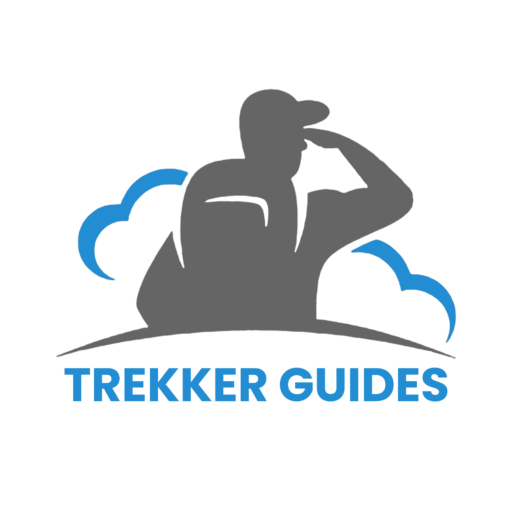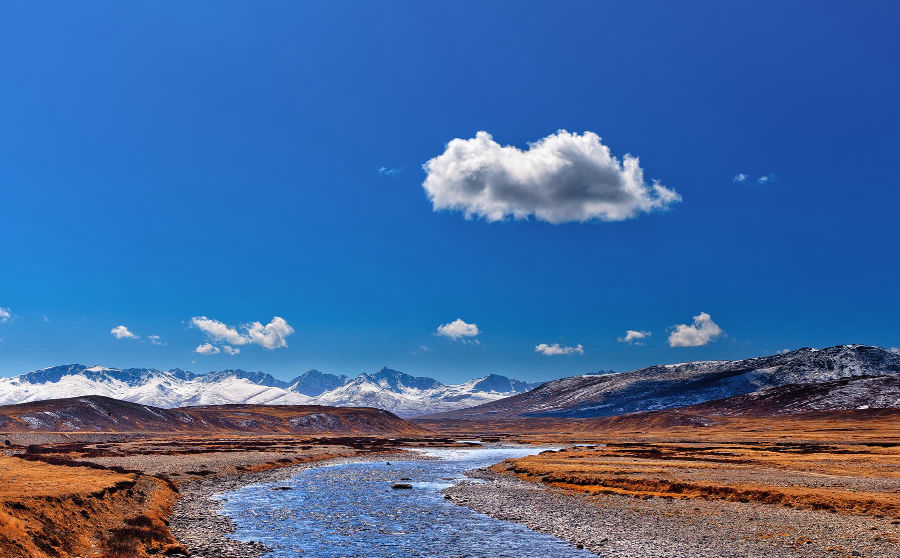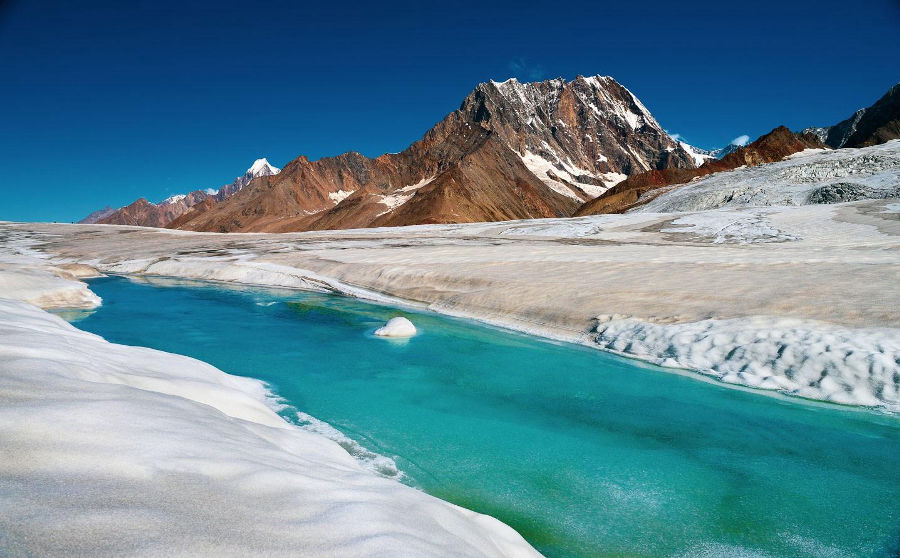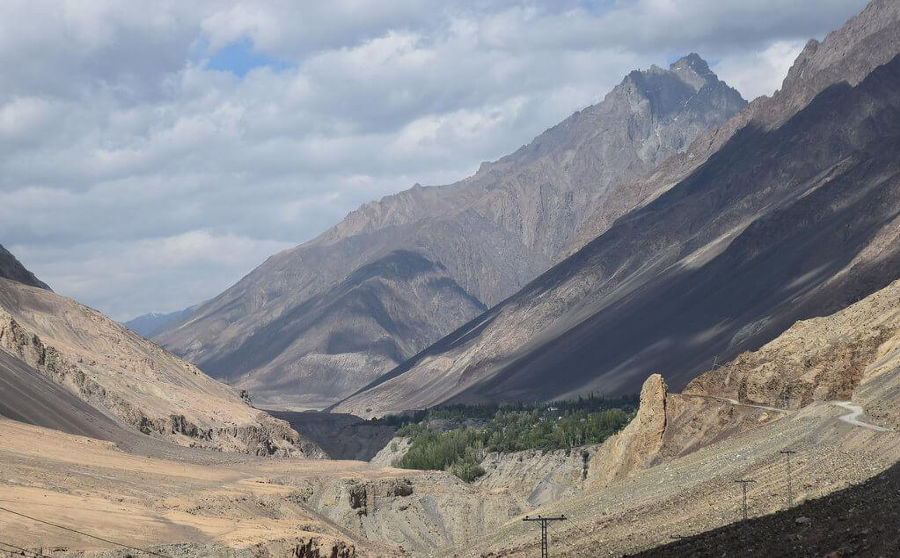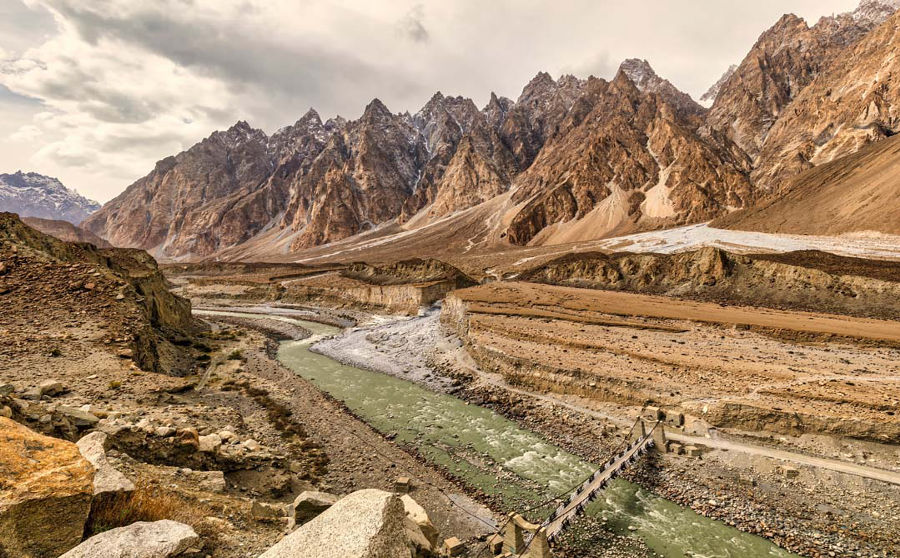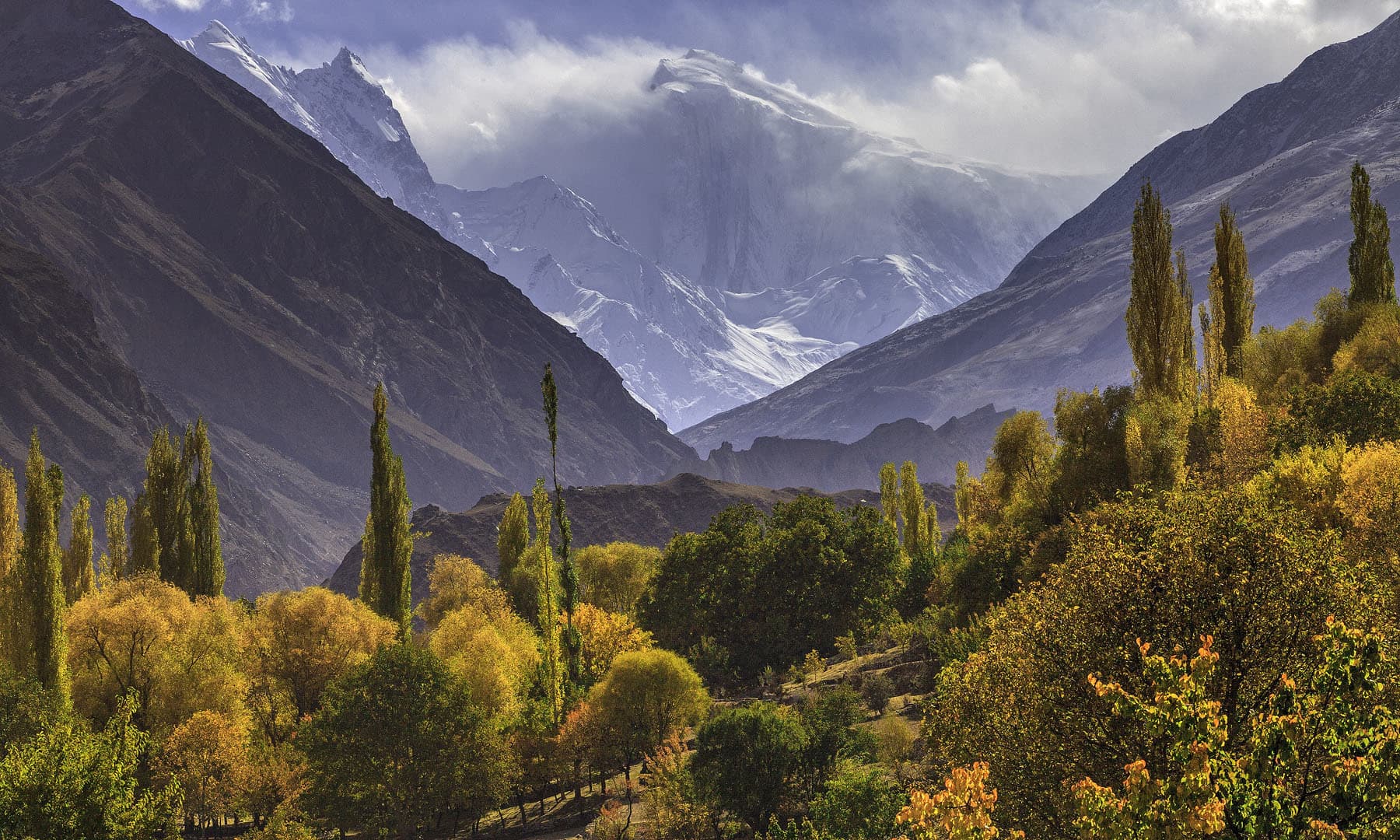Deosai National Park, often referred to as the “Land of Giants,” is a high-altitude alpine plain located in the Gilgit-Baltistan region of northern Pakistan. Situated at an average elevation of 4,114 meters (13,497 feet) above sea level, it is considered the second-highest plateau in the world. The name “Deosai” translates to “summer’s place” in the local Balti language, as the region is only accessible during the summer months due to heavy snowfall in winter.
History
Established as a national park in 1993, Deosai spans an area of approximately 358,400 hectares (885,000 acres). The primary objective of its designation was the protection and conservation of the critically endangered Himalayan Brown Bear (Ursus arctos isabellinus), a keystone species facing threats from habitat loss and poaching. The park now hosts the only stable population of these bears in the region, with numbers increasing from a critical low to around 72 individuals.
In addition to bears, the park provides a safe habitat for a wide range of wildlife, including Tibetan wolves, golden eagles, snow leopards, ibex, red foxes, and marmots.
Recognizing its ecological significance, Deosai National Park has been added to UNESCO’s Tentative List for World Heritage Sites, emphasizing its importance as a unique and fragile ecosystem.

Where is Deosai National Park Located?
Deosai National Park is situated in Gilgit-Baltistan, Pakistan, covering an area of 3,584 km² (1,383 mi²). It lies between Astore Valley and Skardu, at an average elevation of 4,114 meters (13,497 feet) above sea level, making it the second-highest plateau in the world, after Tibet’s Changtang Plateau.
It is part of the larger Himalayan and Karakoram mountain ranges and serves as an essential corridor for migrating species between these majestic mountains.
The park’s unique geographical location, at the convergence of the Himalayan and Karakoram-Pamir highlands, contributes to its rich biodiversity. It serves as a vital corridor for species migration between these mountain ranges. The landscape is characterized by rolling plains, alpine meadows, stony areas, and dwarf willows, interspersed with numerous streams and rivers fed by snowmelt. One of the most notable features is Sheosar Lake, also known as Blind Lake, situated at an elevation of 4,250 meters (13,944 feet). This pristine lake is one of the highest freshwater lakes globally and adds to the park’s scenic beauty.
Deosai’s climate is harsh, with extreme cold, low atmospheric pressure, reduced oxygen levels, and intense ultraviolet radiation. Despite these conditions, the park supports a diverse array of flora and fauna. It is part of the Conservation International Himalayan Biodiversity Hotspot and lies within BirdLife International’s Western Himalaya Endemic Bird Area.
FUN FACT:
Deosai is home to the rare Himalayan Brown Bear! Once on the brink of extinction, conservation efforts have
helped their population recover. Deosai, also known as the ""Land of Giants,"" is the second-highest plateau in the world, standing at 4,114 metres (13,497 feet) above sea level!The park is home to species such as the Tibetan wolf (Canis lupus chanco), Himalayan ibex (Capra ibex sibirica), Tibetan red fox (Vulpes vulpes montana), and golden marmots (Marmota caudata). The waters of Deosai are inhabited by the local snow trout, which can reach substantial sizes. The park also serves as a crucial resting and breeding ground for both resident and migratory birds, including the golden eagle, lammergeier, Himalayan griffon vulture, and various species of falcons and sparrowhawks.
Flora and Fauna – A Biodiversity Hotspot
Deosai is part of the Himalayan Biodiversity Hotspot, home to rare species of plants, mammals, and birds. Despite its harsh climate, the park supports an incredible variety of wildlife and vegetation.
Wildlife of Deosai
Deosai National Park is a paradise for wildlife enthusiasts and photographers. The park is home to:
- Himalayan Brown Bear– The flagship species of Deosai.
- Tibetan Wolf – A rare and elusive predator.
- Snow Leopard– Occasionally spotted in the park’s higher altitudes.
- Golden Marmot– Often seen basking in the sun.
- Himalayan Ibex– A magnificent mountain goat.
- Tibetan Red Fox– A strikingly beautiful fox species.
- Various migratory and resident birds, including golden eagles, Himalayan griffon vultures, falcons, and sparrowhawks.


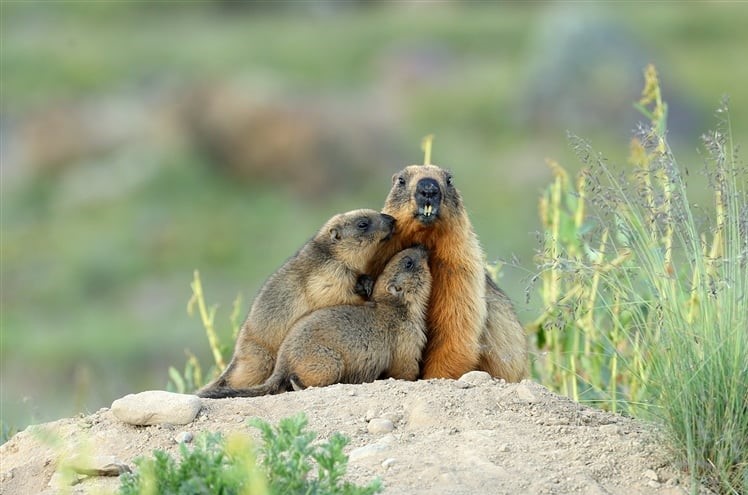
Flora of Deosai
During summer, Deosai transforms into a vibrant paradise, with meadows covered in wildflowers of every color. The park features over 340 species of plants, many of which have medicinal properties.
Some of the common plant species found in Deosai include:
- Blue poppies
- Forget-me-nots
- Primroses
- Thyme and wild mint
- Dwarf willows
- Edelweiss
The meadows also attract rare species of butterflies, adding to the park’s beauty.
The flora of Deosai is equally diverse, influenced by Boreoalpine, Euro-Siberian, Southern European/Mediterranean, and Siberian-Mongolian elements. In the spring, the plains are carpeted with wildflowers, creating a vibrant mosaic of colors and attracting a wide variety of rare butterflies. The region is also rich in medicinal and aromatic plants, many of which are unique to the area.
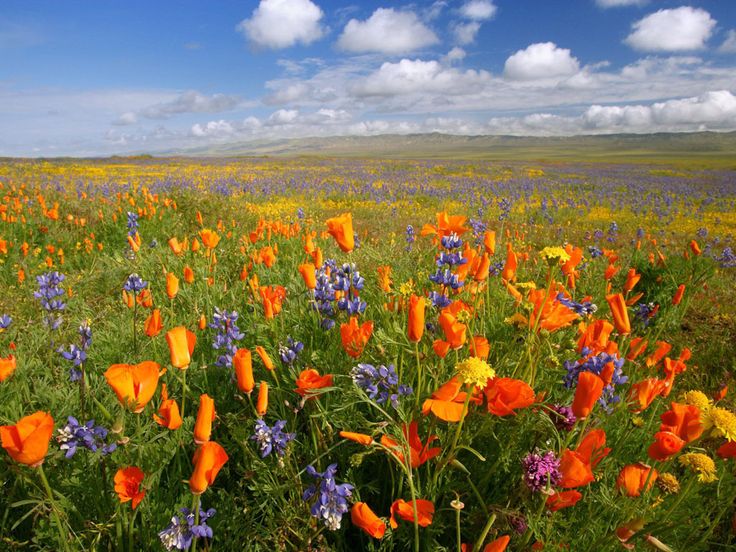
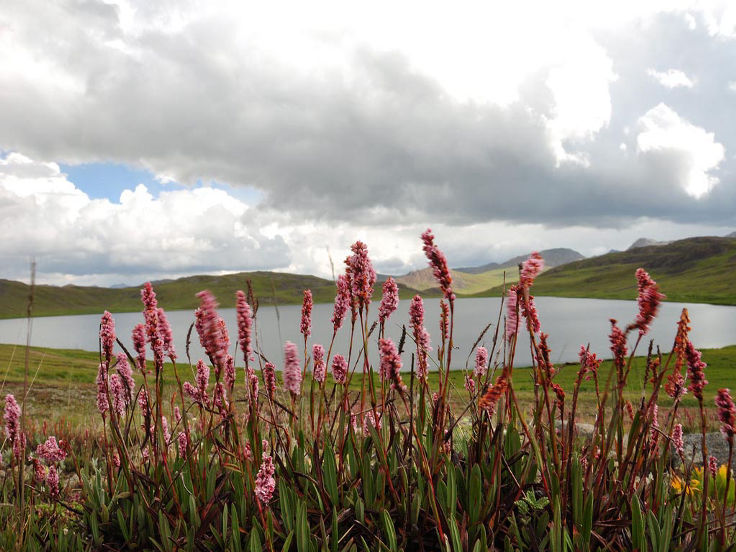

Best Places to Visit in Deosai National Park
Deosai is filled with stunning landscapes and hidden gems. Here are some must-visit spots:
1. Sheosar Lake (Blind Lake)
Located at an altitude of 4,250 meters (13,944 feet), Sheosar Lake is one of the highest freshwater lakes in the world. The lake offers breathtaking views of Nanga Parbat (the world’s 9th highest peak) on clear days.
Highlights:
- Crystal-clear water reflecting the sky.
- Surreal sunrises and sunsets over the mountains.
- Perfect for photography, camping, and relaxation.
2. Bara Pani (Big Water)
Bara Pani is the largest river crossing in Deosai and a popular camping spot. The wooden bridge over the gushing river is an iconic landmark.
Highlights:
- Lush green meadows surrounding the river.
- A great spot for trout fishing and birdwatching.
- Ideal for setting up camp and enjoying the night sky.
3. Kala Pani (Black Water)
Another scenic river crossing, Kala Pani, is known for its mysterious dark waters and peaceful surroundings. It’s an ideal stop for resting and soaking in the beauty of Deosai.
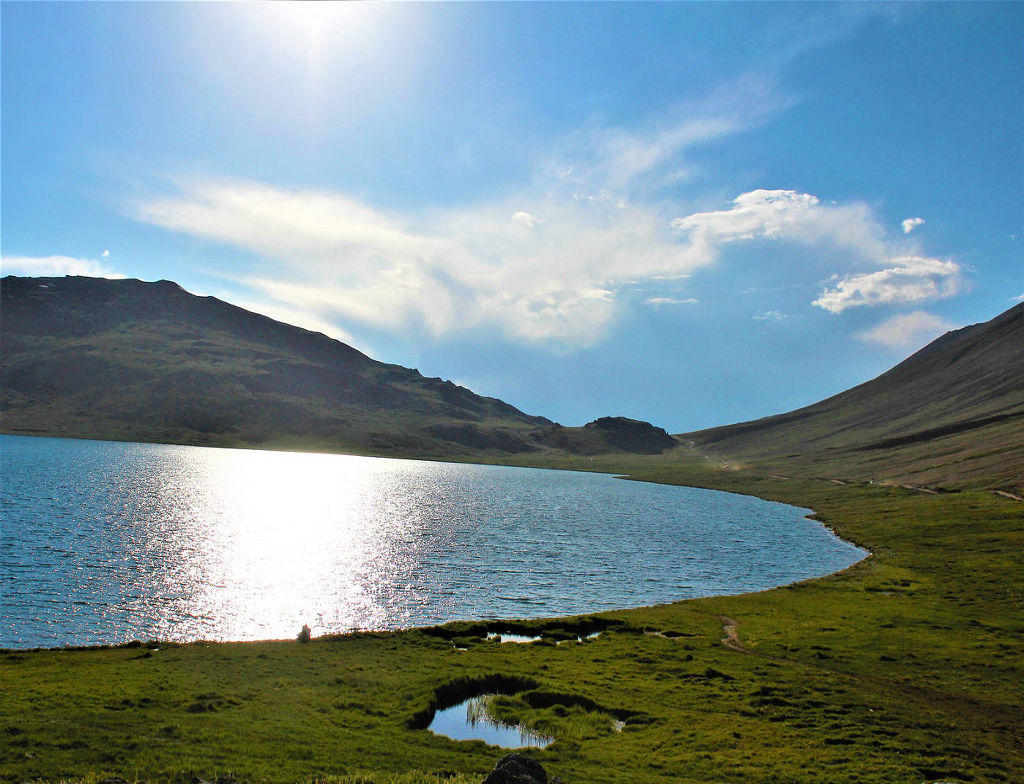

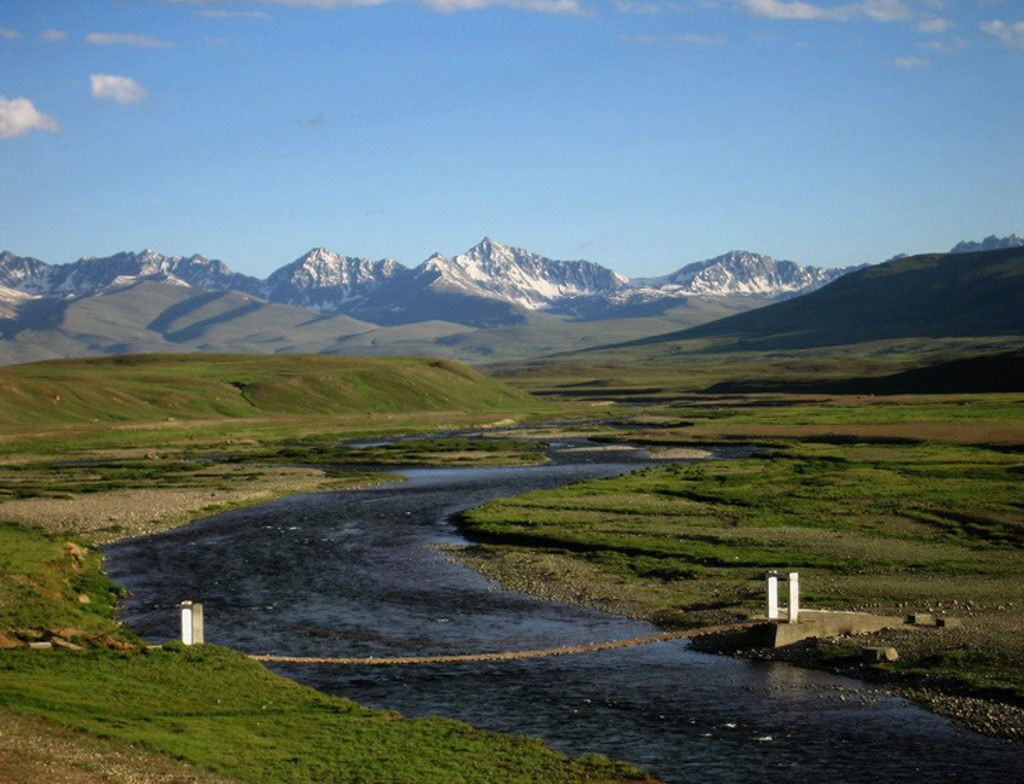
Things to Do in Deosai National Park
Visiting Deosai is an unforgettable experience. Here’s what you can do:
1. Wildlife Spotting
Keep your binoculars ready! Deosai is home to some of the rarest animals on Earth, including the Himalayan Brown Bear, Tibetan Wolves, and Snow Leopards.
2. Trekking and Hiking
With its vast open plains, rugged terrain, and breathtaking views, Deosai is a hiker’s paradise. Trekking from Skardu to Deosai is an unforgettable adventure.
3. Camping Under the Stars
Deosai’s night skies are among the clearest in the world, making it one of the best places for stargazing. Pitch a tent near Sheosar Lake or Bara Pani for a truly magical experience.
4. Photography
From wildflowers and snow-capped peaks to golden marmots and lakes, Deosai is a dream destination for photographers.
How to Get to Deosai National Park
Access to Deosai is typically from Skardu, with the best visiting period between July and September when the snow has melted, and the roads are passable. The journey to the park is an adventure, with winding roads offering panoramic views of the surrounding mountains and valleys. It’s essential for visitors to be prepared for high-altitude conditions and to respect the fragile ecosystem by following Leave No Trace principles.
Deosai is accessible via two main routes:
- From Skardu:
- The most common route (approx. 2.5-3 hours drive).
- Jeep rentals available from Skardu.
- From Astore:
- A more challenging but scenic route via Chilam and Sheosar Lake.
Ticket Prices (Local & International):
As of March 2025, the entry fees for Deosai National Park are as follows:
- Foreigners: $20-30 USD
- Pakistani Residents: 500 PKR
- Gilgit-Baltistan Residents: 40-100 PKR
Final Thoughts
Deosai National Park is a true gem of Pakistan, offering breathtaking landscapes, rare wildlife, and an unmatched sense of adventure. Whether you’re an avid trekker, nature lover, or just someone looking to escape into the wild, Deosai promises an experience like no other.
Deosai National Park stands as a testament to nature’s resilience and splendor. Its unique ecosystem not only provides sanctuary to a host of species but also offers visitors a chance to experience one of the world’s most remarkable natural landscapes. Whether you’re an avid trekker, a wildlife enthusiast, or someone seeking tranquility amidst nature, Deosai promises an unforgettable experience.

FAQs About Deosai National Park
What is Deosai National Park famous for?
Deosai National Park is famous for being the second-highest plateau in the world, its diverse wildlife, especially the Himalayan Brown Bear, and its stunning landscapes, including Sheosar Lake, Bara Pani, and endless wildflower meadows.
How high is Deosai National Park?
Deosai National Park is located at an average elevation of 4,114 meters (13,497 feet) above sea level, making it one of the highest plateaus in the world.
How do I get to Deosai National Park?
Deosai can be accessed from:
- Skardu (via Satpara Lake) – 2.5 to 3 hours by jeep.
- Astore Valley (via Chilam) – 4 to 5 hours by jeep.
You will need a 4×4 vehicle, as the terrain is rough and unpaved.
What is the best time to visit Deosai National Park?
The best time to visit is between July and September, when the weather is pleasant, roads are accessible, and wildflowers are in full bloom. The park remains covered in snow for most of the year and is inaccessible during winter.
Is camping allowed in Deosai?
Yes, camping is allowed in designated areas like Sheosar Lake, Bara Pani, and Kala Pani. Make sure to bring warm gear, as temperatures drop significantly at night.
What kind of wildlife can I see in Deosai?
Deosai is home to:
- Himalayan Brown Bears
- Golden Marmots
- Tibetan Wolves
- Snow Leopards (rarely spotted)
- Red Foxes
- Ibex and Markhor
- Golden Eagles, Himalayan Griffons, and other birds
Do I need a permit to visit Deosai National Park?
Yes, entry permits are required, which can be obtained at the entrance points. The fee varies for locals and foreign tourists.
Are there any hotels in Deosai National Park?
No, there are no hotels inside the park. Visitors usually camp or stay in hotels in Skardu or Astore and make a day trip to Deosai.
Is Deosai safe for tourists?
Yes, Deosai is generally safe, but:
1. Travel in groups and carry sufficient supplies, as there are no shops or facilities inside the park.
2. Weather can change rapidly, so be prepared.
3. Wildlife should be observed from a distance.
What should I pack for a trip to Deosai?
Essentials include:
1. Binoculars and a camera for wildlife spotting and photography.
2. Warm clothes (even in summer, it gets cold at night).
3. Camping gear (if staying overnight).
4. Food and water, as there are no restaurants.
5. Sunscreen, sunglasses, and a hat to protect from the sun.
